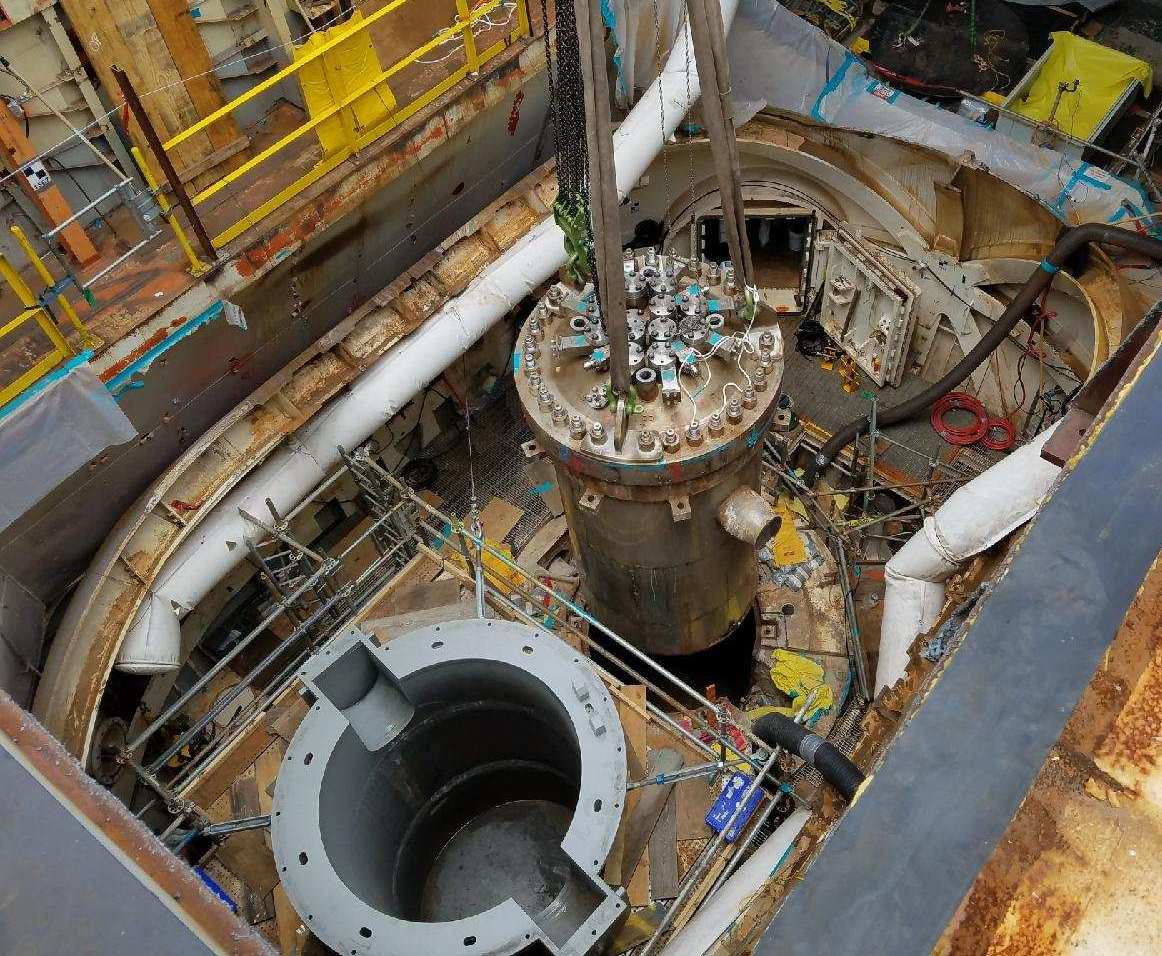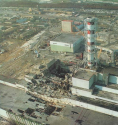The military and civilian reactors has to fulfil the same degree of safety, means they have to survive without fission product release the sinking, collision or other extreme events.
Considering that the propulsion system can be disable by damaging the heat exchangers, piping, feed pumps , electrical controls and so on of the reactor, the most sensible strategy is decrease the chance of contamination of the ship with fission products due to direct hit, it is not possible to protect the reactor room against any AShM.
The designer of nimitz/ford moved the reactors far away, with containment. Most likely the other protection is the reactor vessel. This is the same that required for a civilian nuclear reactor.
Anything beyond this increase the ship mass, and decrease the capabilities of it. and a supersonic AShM could puncture battleship armour without any problem.
There is the containment of a ship reactor.


